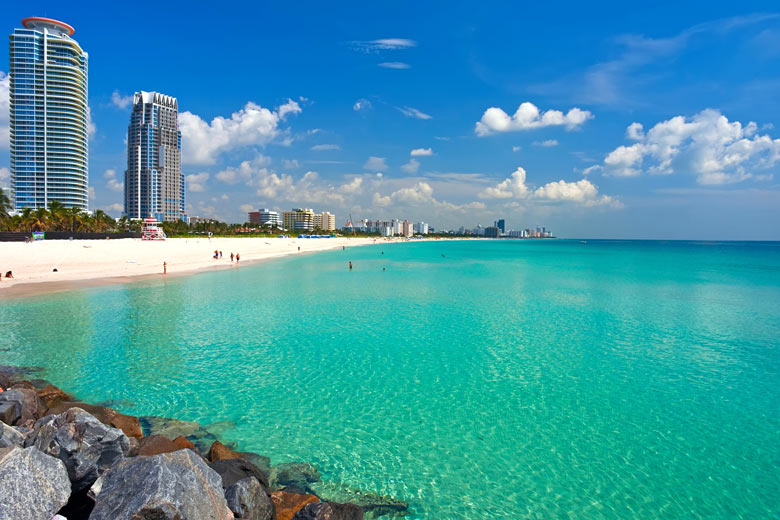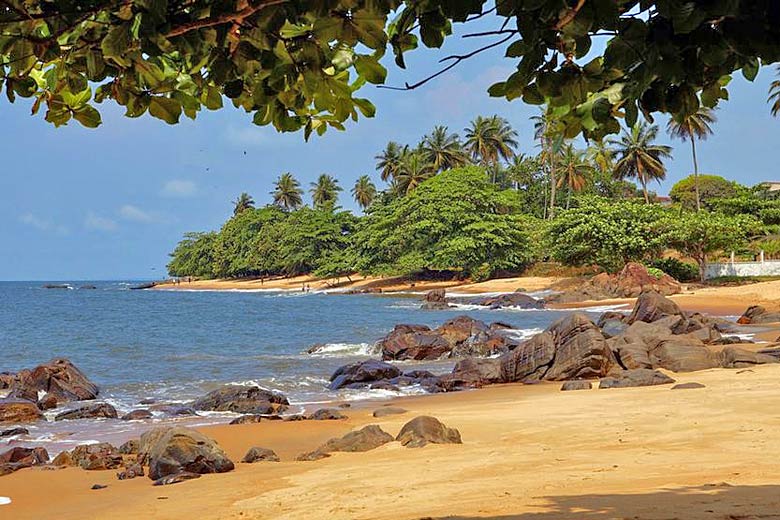- Save up to 25% on hotel stays when you book advance
- Radisson Rewards members get extra 10% off hotels
- Book hotels in Europe, Middle East, Africa, Asia & Pacific
Wyoming weather by month
Check out Wyoming weather averages by month. Compare detailed monthly climate statistics including temperature, rainfall and sunshine figures.
| Jan | Feb | Mar | Apr | May | Jun | Jul | Aug | Sep | Oct | Nov | Dec | |
|---|---|---|---|---|---|---|---|---|---|---|---|---|
| Maximum daytime temperature °C |  3 3 |
 5 5 |
 7 7 |
 13 13 |
 19 19 |
 24 24 |
 28 28 |
 27 27 |
 22 22 |
 16 16 |
 8 8 |
 4 4 |
| Hours of sunshine (daily) | ||||||||||||
| Days with some rainfall |  5 5 |
 6 6 |
 9 9 |
 9 9 |
 11 11 |
 10 10 |
 11 11 |
 10 10 |
 7 7 |
 6 6 |
 6 6 |
 6 6 |
More about Wyoming
Wyoming by month
Jan Feb Mar Apr May Jun Jul Aug Sep Oct Nov Dec
Recommended for Wyoming
The climate guide for Wyoming (Cheyenne) shows long term monthly weather averages processed from data supplied by CRU (University of East Anglia), the Met Office & the Netherlands Meteorological Institute. Find out more about our data sources.
Top Wyoming destinations
Below are average maximum temperatures at popular countries, regions and places in Wyoming for next month - August. Select a destination to see the climate guide for all months of the year.
All Wyoming destinations
Metric (°C / mm) | Imperial (°F / inches)
Wyoming climate overview
It was in Wyoming that Butch Cassidy and the Sundance Kid made their names as possibly the most notorious outlaws in American history. Lying between Montana and Colorado, where the Great Plains meet the Rocky Mountains, Wyoming is the least populated of all the US states. Its outstanding features are majestic mountains and high plains.
The climate of Wyoming is dominated by its elevation, on average over 2,000 metres (6,500ft) above sea level, and by its distance from the ocean. While rainfall throughout the state is generally low, it is greater in the west than the east because of the mountains.
Dominated by short grass and sagebrush the eastern third of Wyoming is almost treeless and too arid for growing crops, while the more mountainous west has sufficient moisture to support forests of pine. Overall most areas of the state have a general appearance of dryness much of the time, and the main agricultural activity is cattle farming.
Daytime summer temperatures are generally comfortable to warm and, apart from the occasional thunderstorm, are usually dry. Winters on the other hand are long and cold with a layer of snow covering most areas from December to February. In winter, snow accumulates to considerable depths in the high mountains of the Tetons, Wind River and Big Horn.
Wyoming has high levels of sunshine in all months of the year, and summer mornings are generally particularly clear. Wyoming is also quite windy, and during the winter months average wind speeds can reach 50 to 65 kilometres per hour (30 to 40 miles per hour).
In the far north west corner of Wyoming lies Yellowstone National Park, home to two thirds of all the geysers in the world and large areas of prime forest, though much of it was seriously damaged by fires in 1988. Within the park is some of the most impressive scenery to be found anywhere in the United States with lakes, canyons, rivers and spectacular waterfalls.
More about the USA
Compare Wyoming with the UK
Below the Wyoming chart shows average maximum daytime temperature for Wyoming, USA (Cheyenne) and the UK (London).
Maximum daytime temperature (°C)
Metric (°C / mm) | Imperial (°F / inches)
Compare more Wyoming weather >>
Be inspired
Get your weekly fix of holiday inspiration from some of the world's best travel writers plus save on your next trip with the latest exclusive offers
We promise not to share your details
Related posts
Popular travel offers
Explore holidays in the sun for less
- Beach holidays
- Family holidays
- City breaks
- Summer holidays
- Winter sun holidays
- Holiday offers
- Top travel brands
- Airlines & flights
- Discount hotels
- Airport parking deals
- TUI
- Jet2holidays
- easyJet holidays
- Love Holidays
- January sales
Airport parking
- Manchester Airport
- Stansted Airport
- Bristol Airport
- Luton Airport
- Birmingham Airport
- Edinburgh Airport
- Gatwick Airport
- Glasgow Airport
- Newcastle Airport
Airport lounges
- Manchester Airport
- Birmingham Airport
- Bristol Airport
- Edinburgh Airport
- Glasgow Airport
- Heathrow Airport
- Newcastle Airport
- Stansted Airport
- Gatwick Airport

























